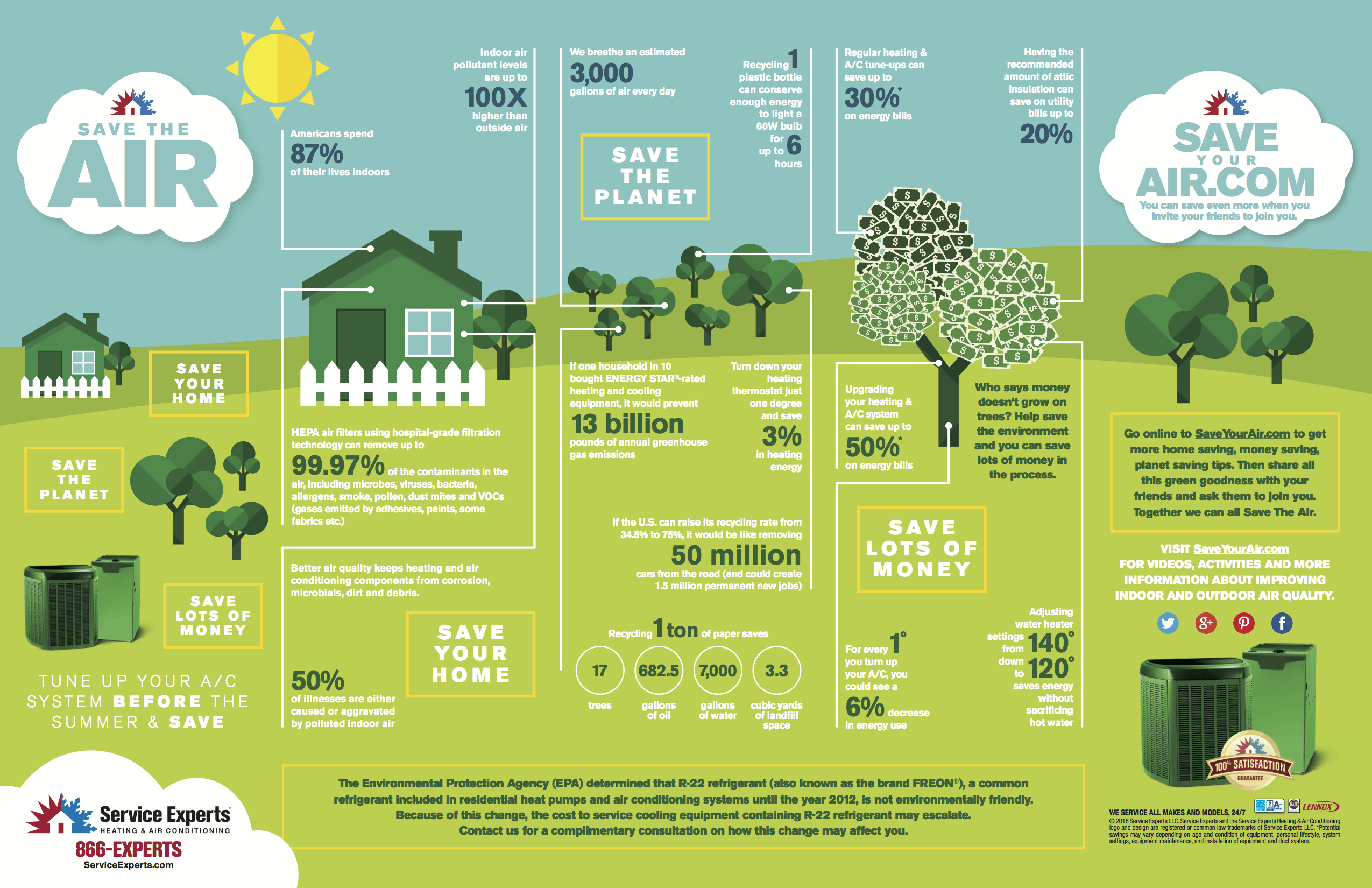The Future Of Home Home Heating - How Heatpump Modern Technology Is Evolving
The Future Of Home Home Heating - How Heatpump Modern Technology Is Evolving
Blog Article
Personnel Author-Dawson Dominguez
Heatpump will certainly be a crucial innovation for decarbonising heating. In a scenario constant with federal governments' introduced energy and climate commitments, their international capacity doubles by 2030, while their share in heating rises to one-quarter.
They function best in well-insulated homes and count on electrical power, which can be provided from a renewable power grid. Technological developments are making them a lot more effective, smarter and cheaper.
Gas Cells
Heat pumps make use of a compressor, cooling agent, coils and followers to relocate the air and warm in homes and home appliances. They can be powered by solar energy or electrical power from the grid. They have been acquiring popularity due to their low cost, peaceful procedure and the capability to produce power during peak power need.
Some firms, like IdaTech and BG MicroGen, are working on gas cells for home heating. These microgenerators can replace a gas central heating boiler and generate some of a house's electrical requirements with a link to the electrical energy grid for the remainder.
However there are reasons to be skeptical of using hydrogen for home heating, Rosenow says. It would certainly be expensive and inefficient contrasted to various other innovations, and it would add to carbon exhausts.
Smart and Connected Technologies
Smart home technology allows home owners to attach and control their devices from another location with the use of smart device apps. As an example, smart thermostats can learn your heating preferences and automatically adjust to enhance power usage. Smart lights systems can be managed with voice commands and automatically turn off lights when you leave the room, lowering power waste. And wise plugs can monitor and handle your electrical use, enabling you to recognize and restrict energy-hungry home appliances.
The tech-savvy household illustrated in Carina's meeting is a good picture of how residents reconfigure space home heating practices in the light of new smart home modern technologies. They depend on the gadgets' automated features to execute day-to-day adjustments and regard them as a hassle-free means of performing their heating methods. Thus, they see no reason to adjust their techniques further in order to make it possible for versatility in their home power demand, and interventions aiming at doing so may deal with resistance from these homes.
Electrical energy
Considering that heating homes represent 13% of US emissions, a switch to cleaner options could make a huge difference. However the technology deals with obstacles: It's costly and calls for considerable home remodellings. And it's not always compatible with renewable resource resources, such as solar and wind.
Till lately, electrical heatpump were too expensive to compete with gas designs in the majority of markets. But brand-new advancements in design and materials are making them much more budget-friendly. And better chilly climate performance is allowing them to function well also in subzero temperatures.
The following action in decarbonising home heating might be the use of warm networks, which draw heat from a main resource, such as a nearby river or sea inlet, and disperse it to a network of homes or structures. That would lower carbon discharges and allow households to take advantage of renewable energy, such as green power from a grid provided by renewables. This alternative would be much less costly than switching to hydrogen, a nonrenewable fuel source that calls for brand-new facilities and would just minimize CO2 discharges by 5 percent if paired with improved home insulation.
Renewable resource
As electrical energy prices drop, we're beginning to see the exact same fad in home heating that has driven electric cars into the mainstream-- yet at an also quicker speed. The solid climate case for impressive homes has actually been pressed better by brand-new research study.
https://www.achrnews.com/articles/143553-can-hvac-contractors-add-plumbing-to-their-service-offering represent a significant share of contemporary warmth usage, however have been given limited plan interest around the world contrasted to other end-use industries-- and even less interest than electricity has. Partly, this mirrors a mix of consumer inertia, divided motivations and, in lots of countries, subsidies for fossil fuels.
New modern technologies could make the change less complicated. For example, heatpump can be made a lot more energy reliable by replacing old R-22 cooling agents with brand-new ones that do not have the high GWPs of their predecessors. Some experts also visualize area systems that attract warmth from a neighboring river or sea inlet, like a Norwegian arm. The cozy water can then be utilized for cooling and heating in a neighborhood.